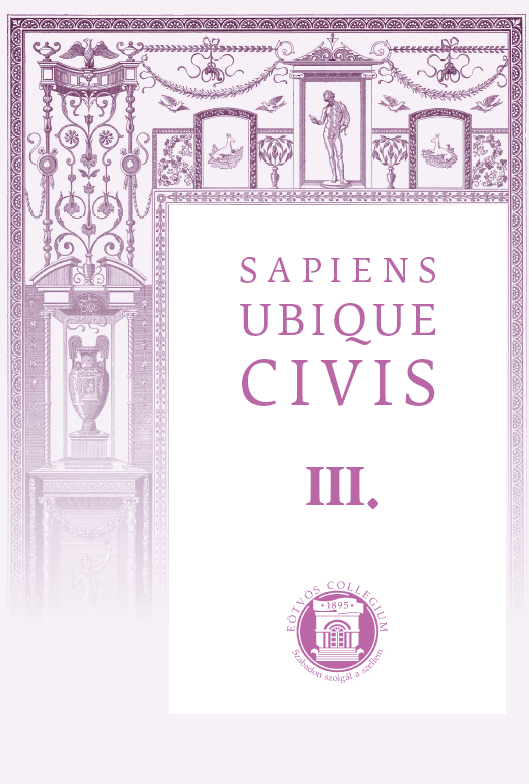Classical Zeus or Barbarian Taranis? God and His Wheel on the Celtic Coinage
Main Article Content
Abstract
While the Mediterranean civilization reshaped protohistoric communities with the introduction of the coinage, it is fairly interesting in which way the Celts embraced the Classical iconography of Zeus and the compound messages behind it. Initially, they were made for interaction with a Greek or a Roman and not a Celt. The author of this article questions whether the La Tène’s wheel motif had penetrated the coin’s imagery from the warrior’s thought – to whom, the lighting wheel, in combination with other signifiers, could stand as an ‘Amalgamation Switcher’ for the thunder-deity Taranis and his forgotten lore. For that reason, after examination of available historical and archaeological data, an alternative term for the obverse’s bearded figure will be proposed.

